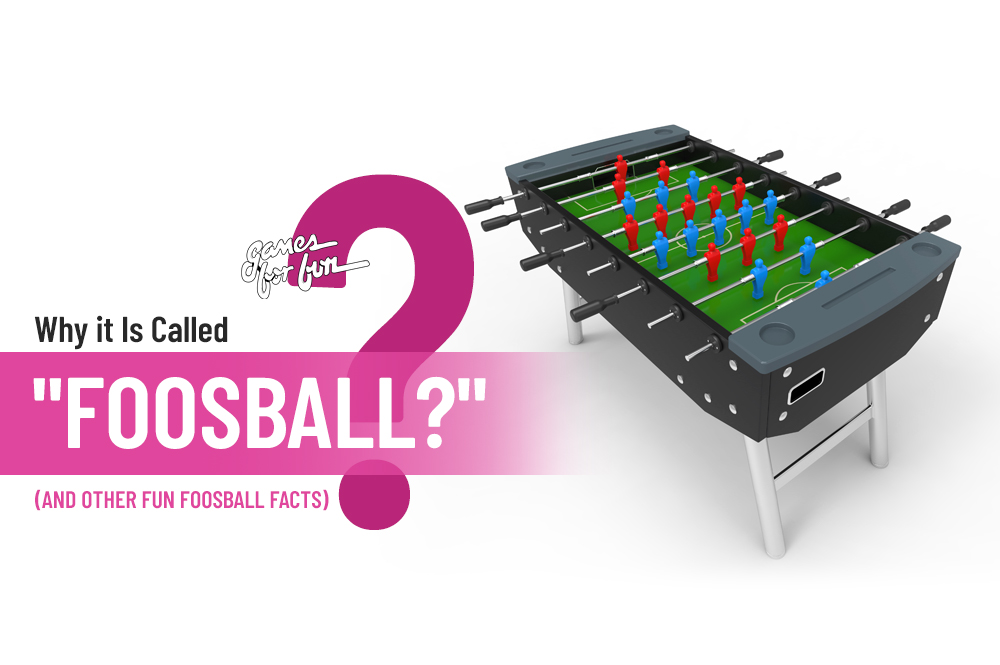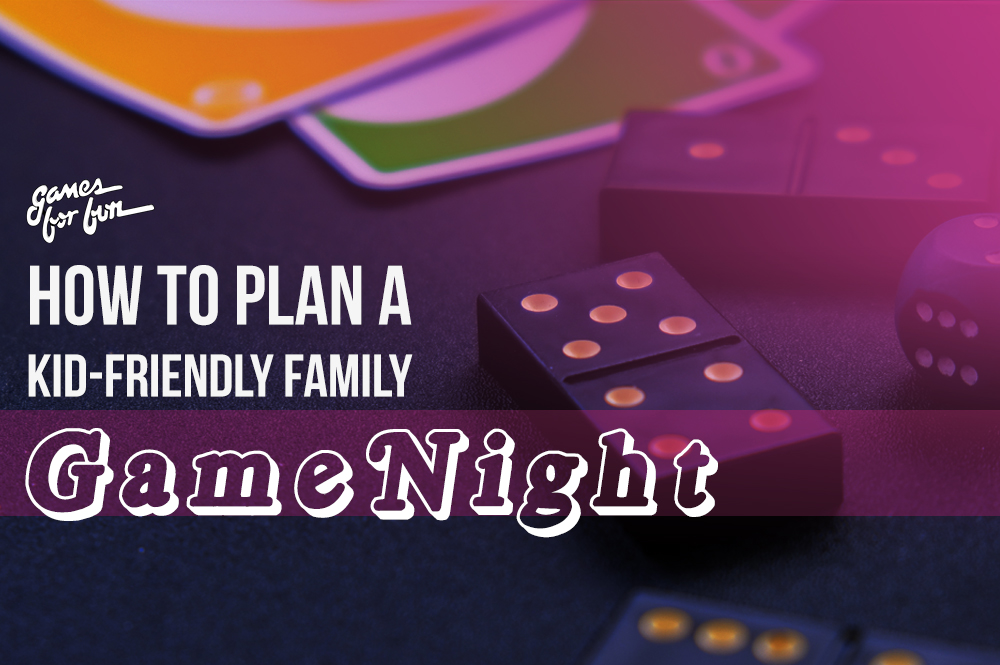Overview: A table tennis robot is a machine that automatically fires table tennis balls from one end of the table to the other in a controlled manner. Let’s see how this new invention can complement the classic game!
Have you ever thought you might someday be playing or learning table tennis from a robot? We’re willing to bet you never did. But technology is changing seemingly every aspect of our lives, and that includes the world of sports. To get good at any sport, you have to practice a lot, especially when you’re new to the game. Could a robot help with this endeavor?
Table tennis is generally a two-player competition, but what if you don’t have a partner who’s equally keen to play with you every day? Now you have the option of a table tennis robot to play against so you can hone your skills alone. In this guide, we’ll take a look at what features you should keep in mind while choosing one for yourself!
What is a Table Tennis Robot?
Table tennis robots are a fairly recent innovation in the world of game equipment. First there were ball-serving machines for traditional tennis. Similar devices designed for table tennis were first made commercially available in the late 1980s. A table tennis robot is a machine that automatically fires table tennis balls from one end of the table to another while “playing” in opposition to you.
Table tennis robots usually have 3 elements:
A mechanism to load and fire balls
A control system to program the firing
A net to catch the returning balls
There are a number of different models, and the technology varies. Some basic models only have limited setting options with no net, which means the user will need to retrieve their own supply of table tennis balls after playing. Some models require a wall outlet for power, while others are battery-powered.
How Do Table Tennis Robots Work?
Today’s high-tech table tennis robots have gotten pretty advanced, with tons of features and an array of options for speed and spin variations. But no matter how basic or cutting-edge, the main job of any table tennis robot is simply to fire balls. So they all have a firing mechanism built at one end of the robot and pointed towards the opposite end of the table.
Depending on the programming and capacity of the table tennis robot, the supply of balls may be loaded into the firing mechanism section or stored elsewhere in the machine until the robot needs them.
Here are some of the options that may be available on a table tennis robot:
Ball frequency: You can change and switch the frequency at which the robot shoots the ball at you. Most robots fire about 80 balls per minute; others will do well over 100 per minute — this will be quite a challenge if you’re not a pro!
Placement: You have the option to choose where the robot aims when it shoots the ball. Some robots shoot balls to multiple positions and switch between functions for each ball; others will shoot only to two positions.
Spin variation: With the option to choose whether the robot shoots sidespin, backspin, topspin, or float, a table tennis robot does everything a human opponent will do. Some entry-level robots may not be able to do all of these, but mid-range robots can. There are some advanced, multi-spin robots that will change the spin with each ball, giving you an even more realistic table tennis playing experience.
Speed: This option lets you choose how fast the robot should shoot the ball. Some models can be set to vary their speed, so you’ll get a slower ball followed by a faster ball.
Pre-programmed drills: Intermediate and advanced table tennis robots enable you to play programmed drills to sharpen your gaming skills. If you’re spending some extra bucks and choosing an advanced robot, it’ll offer you a wider choice of competitive drills and even allow you to program and set your drills.
Megaspin has some fabulous designs and handy options for you if you’re looking for table tennis robot accessories!
Convenient Features to Look for in a Table Tennis Robot:
In addition to all the features, finding a robot that fits your playing preferences is also essential. Some convenient features of table tennis robots include:
A Remote Control:
If you’re choosing an advanced robot, it might come with a corded or wireless remote that allows you to change settings at a certain distance. Guess what? It’s very handy to switch between the settings from the other end of your table rather than having to leave your game and walk all the way over to change it manually! That’s one of the reasons we recommend looking for an advanced robot with all the features to elevate your fun level.
But wait, there’s more: Some of the more expensive robots come with a mobile phone application that you can use to change their settings. It’s a costly option, but indeed, a convenient one!
Easy to Set Up:
How easily do you want to set up your robot? A simple table tennis robot could be ready to go in a minute or two, whereas others with more features may take longer and require more effort. Alongside the basic setup, you’ll want to consider portability and where you’ll be placing it. Storage is another thing to consider, as some robots are larger and have more parts and pieces than others.
Noise:
If you are using your table tennis robot at home, you’ll want to consider the comfort of the people you live with. With their whirs and clacks, table tennis robots can be pretty noisy, so make sure you check online reviews by previous customers to see if anyone mentions the product being particularly loud.
Built-in Memory:
Last but not least, one thing to consider before buying a table tennis robot is how much memory it offers you to store your settings and drills for the next time. A robot that “remembers” this information will save you time and effort. You don’t want to start every practice session by changing your settings all over again.
In Summary:
Table tennis robots are an innovative addition to your games if you play solo, or if you want to practice regularly in anticipation of your next game with friends. Procuring a table tennis robot doesn’t mean your game is weak. Rather, sophisticated and user-friendly robots let you customize settings and track your strengths and weaknesses so you can constantly improve. If you can afford to purchase one, they’re a really cool investment for those who take their game seriously!
For more information and fun facts about table tennis and all things games, follow us at Games for Fun! Happy gaming!





